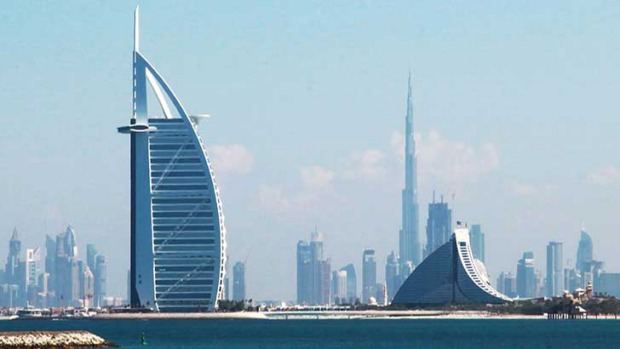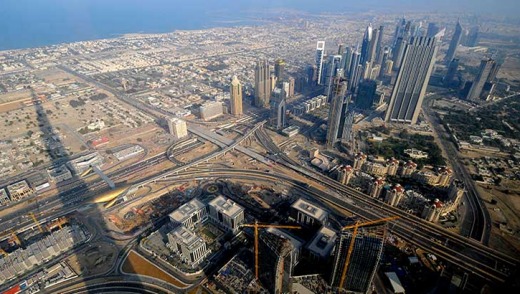
If the reaction to my column about stopover cities is anything to go by, Dubai faces challenges in its ambition to overtake London as the world’s most visited city.
The ambitious metropolis, which is targeting 20 million visitors a year by 2020, came under fire for everything from being expensive, artificial and tacky to having “repressive” laws against actions such as showing affection in public.
I don’t want to get into the debate about Dubai’s social values – I generally believe when you visit another country you either take it as it comes or choose not to visit – but I do have doubts about Dubai’s long term tourism appeal.

For me it is a must-see but somewhere you only need to visit once.
Once you’ve seen the architecture, cruised the waterways, visited the souks, been on a desert safari and gawped at one of the massive shopping malls, you’ve pretty much “done” it.
Admittedly I’m not a shopper, which rules out one of Dubai’s most popular activities.
I also haven’t been to the big family attractions such as indoor skiing and the Wild Wadi water park, which I can see are big drawcards for families.
I’m just not sure there’s enough to entice me back in a hurry.
Many of the comments and emails I have received from readers reflect a similar opinion.
“One stopover in Dubai was enough – not keen to go back,” said one.
“Been there once, done that, nothing to do again,” said another.
Dubai recorded tourism growth of more than 10 per cent last year, which is a figure many destinations could only hope to achieve.
With 11 million hotel guests in 2013, Dubai is still a long way off the 16 million visitors London received.
However, Dubai’s Department of Tourism and Commerce Marketing says the fast pace of growth makes the number one spot a realistic goal.
London not only holds the mantle of the world’s most visited city but has also just been named by PricewaterhouseCoopers as the world’s most attractive city.
I wouldn’t go that far, but I do feel London is somewhere you can visit again and again.
I’ve spent plenty of time there and still have a long ‘to do’ list, along with a big list of places and attractions I want to visit again.
Only just behind London in the visitor stakes is Paris, which is again somewhere I could visit over and over.
You might only need to do the Eiffel Tower and other big-name attractions once, but you can spend so much time exploring the city’s different neighbourhoods and discovering the locals’ way of life.
A big part of what make London and Paris rich and diverse places to visit are their history and mix of old and new, which give them a very different vibe to the largely manufactured attractions of Dubai.
London and Paris feel like they’re there for the people who live there rather than tourists, while Dubai feels like it’s been put there to impress.
This perception of Dubai is recognised by its tourism authorities, who are trying to shift the focus from “must-see city” to somewhere you can have a range of experiences, from swimming with sharks to attending cultural festivals.
We can expect to see a much greater focus on culture, arts, heritage and museums, rather than just big buildings and glamorous hotels.
There has already been a big marketing push on Dubai’s food scene, promoting a range of experiences from street stalls and markets to high tea and fine dining.
Getting Masterchef there last year was a clever move, exposing the destination to huge numbers of television viewers thanks to the combined marketing power of Emirates and Qantas.
The Emirates-Qantas tie-up is of course the biggest driver for Dubai, for travellers from Australia.
With so many flights to Europe now routed through the city, it’s easy to take a stopover to see what all the fuss is about.
The question is whether you’ll feel the need to return.
Do you think Dubai can become the world's most visited city? Post a comment below.